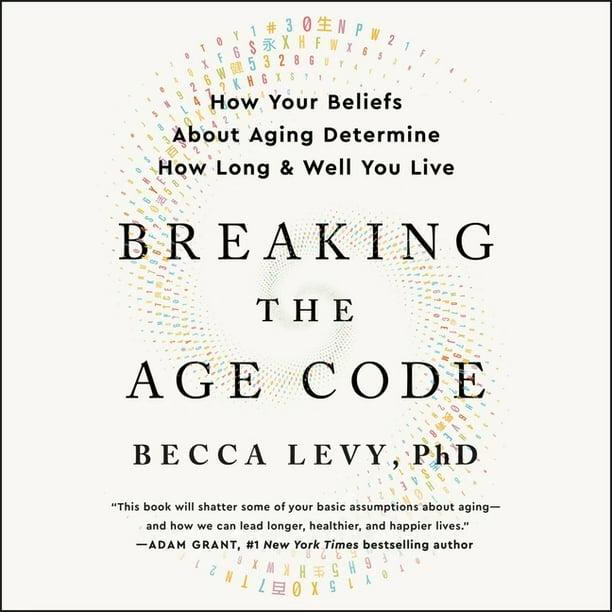Strategies for Combating Loneliness and Isolation
- urbanagingnews
- Jul 5, 2023
- 3 min read
Loneliness and social isolation are conditions that do not discriminate, they can impact anyone at any age, for a variety of reasons. However, older adults tend to be especially susceptible to both. Disability and poor health, decreased mobility and access to transportation, losing loved ones, retirement, changes to housing, reduced income, and the recent pandemic are just a few factors that put older adults at an increased risk of experiencing loneliness and social isolation.
Although loneliness and social isolation can be described as “silent beasts,” their physical and mental health impacts are loud – including a greater risk of poor health outcomes ranging from stroke to suicide. That is why, just like heart disease, tobacco use, and lack of physical activity, loneliness and social isolation in older adults is increasingly being seen and treated as a public health issue of global concern.
Researchers reviewed 70 randomized controlled trials that included a total of 8,259 people. They found eight strategies to be effective in improving some combination of loneliness, social isolation, and lack of social support. People engaging in these strategies were compared to those not participating in any strategy and to those partaking in other strategies.
The effective strategies include:
Cognitive – behavioral therapy, known as CBT or psychotherapy; animal therapy, social therapy; exercise; music therapy; reminiscence therapy; or some combination of these strategies.
Details on researcher strategies:
Animal therapy: Older adults interacted with either live or robotic animals - generally, dogs or birds.
CBT: Focused on learning coping skills.
Social therapy: Participation in a friendly visitor program.
Exercise: For example, Tai Chi or yoga.
Music therapy: Choir and rhythm wellness programs.
Reminiscence therapy: Provoking memories by leveraging the senses of sight, touch, and smell.
There were also strategies using technology-integrated items like smartphones, computers, and pedometers.
The evidence shows that these strategies are effective, but their effect varies by approach and setting.
Strategy Effectiveness in Community-Dwelling Older Adults:
In this population, the review found that exercise and music therapy can reduce loneliness by a small amount, while reminiscence therapy and combined or multi-component strategies can do so by a moderate amount. Additionally, CBT or psychotherapy and combined or multi-component strategies can increase social support by a small amount, while social therapy can do so by a large amount.
Strategy Effectiveness in Long-term care settings:
The review found that exercise and combined or multi-component strategies reduces loneliness by a moderate amount, whereas animal therapy and reminiscence therapy can do so by a large amount. Furthermore, strategies that use technology were shown to reduce social isolation by a large amount.
Ultimately, humans are social beings who need one another to age optimally. If you feel lonely or socially isolated, supports are available that may reduce loneliness and/or isolation. Connecting with your health care team is a good first step to take to discuss potential strategies that may work best for you.
This article is from the McMaster University portal, Age Well.
See Recent Systematic Review on www.mcmasteroptimalaging.org for Jan 18, 2023 posting of complete study.
The Bottom Line
• Loneliness and social isolation among older adults are growing public health concerns across the globe
• Several strategies appear to have the potential to improve loneliness, social isolation, and social support in older adults living in the community or a long-term care setting.
• More high-quality research is needed to improve the current evidence base.
• Feeling lonely or socially isolated? Discuss the available strategies that can be used safely to combat these issues with your health care team.




Comments